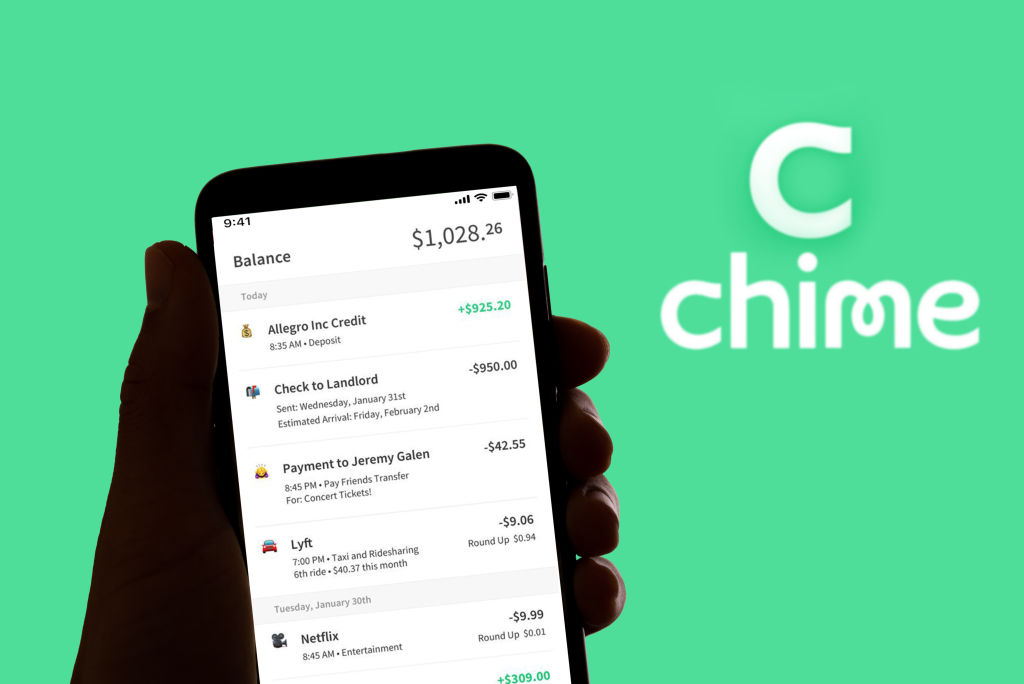Buffered ETFs for a Rocky Market
Buffered ETFs provide protection during market downturns, but in exchange, your gains are capped.


Rocky markets have put a spotlight on defined-outcome exchange-traded funds (ETFs), which protect investors from a portion of stock market losses in exchange for capping some of the gains.
These funds, also called buffered ETFs, invest in options linked to a broad benchmark in order to provide a specific amount of downside protection – 9%, 10%, 15%, 20% or even 100% – over a distinct time frame called the outcome period, typically one year (though three-month funds are now popular).
How much you forfeit in gains depends on the amount of protection the fund offers. The bigger the cushion, the smaller the potential gain.

Sign up for Kiplinger’s Free E-Newsletters
Profit and prosper with the best of expert advice on investing, taxes, retirement, personal finance and more - straight to your e-mail.
Profit and prosper with the best of expert advice - straight to your e-mail.
A recently launched PGIM fund tied to the S&P 500 Index with 100% protection on losses over one year had a 7% cap on upside returns, while an Allianz ETF with a 10% shield sported a cap of roughly 16%, net of fees.
It's important to find a fund that aligns with your investment objectives and risk tolerance, says Mike Loukas, chief executive of the firm behind TrueShares defined-outcome funds.
To get you started, we've highlighted a few buffered ETFs that may work for investors with certain risk tolerances. Use these suggestions to start your own research.
How to find the best buffered ETFs for you
Bear in mind that the strategies, which charge average annual fees of 0.72%, are structured around specific outcome periods because of the options they buy, but the funds themselves are designed to be buy-and-hold investments.
When a fund's outcome period expires, the fund managers reset it by buying new options for the next cycle.
That said, the timing of purchases should be deliberate. To take advantage of a fund's full downside buffer, it's best to buy shares in a defined-outcome fund a day before the start of the period (the day the fund resets).
"I recommend buying on the reset day, an hour or so before the market closes,” says Beverly Hills, California, adviser Stuart Chaussee. Remember, the advertised protection and cap on gains only apply over the full outcome period.
And note that the cap on gains will likely vary from one outcome period to the next because it is based on options prices at the start of the period, which fluctuate.
For conservative investors: A 100% buffered fund protects against a colossal stock market loss over a one-year period. And if the market doesn't falter, you might do better than a money market fund.
The current cap on gains for the iShares Large Cap Max Buffer (MAXJ), which will reset June 30, is 10.6% for investors who bought at the start of the outcome period last June.
A 20% buffer fund is another option. Chaussee likes the AllianzIM U.S. Large Cap Buffer20 July (JULW). The fund's current cap, which resets July 1, is 11.64%.
For moderate-risk investors: Funds with 15% buffers on declines are the most popular with investors. The July-dated fund of a popular series, the Innovator U.S. Equity Power Buffer ETF July (PJUL), had a cap of 13.7% on gains for investors who bought shares last June. It will reset June 30.
For aggressive investors: Funds with 9% cushions against losses are the obvious choice here. The current cap on the Innovator U.S. Equity Buffer ETF July (BJUL), which will reset on June 30, is 17.4%.
Bullish investors could consider TrueShares Structured Outcome funds. Instead of a cap on gains, investors can expect to reap 73% to 85% of the S&P 500's price return, in exchange for 8% to 12% protection on losses. The TrueShares Structured July-dated fund (JULZ) resets June 30.
This item first appeared in Kiplinger Personal Finance Magazine, a monthly, trustworthy source of advice and guidance. Subscribe to help you make more money and keep more of the money you make here.
Related Content
Get Kiplinger Today newsletter — free
Profit and prosper with the best of Kiplinger's advice on investing, taxes, retirement, personal finance and much more. Delivered daily. Enter your email in the box and click Sign Me Up.

Nellie joined Kiplinger in August 2011 after a seven-year stint in Hong Kong. There, she worked for the Wall Street Journal Asia, where as lifestyle editor, she launched and edited Scene Asia, an online guide to food, wine, entertainment and the arts in Asia. Prior to that, she was an editor at Weekend Journal, the Friday lifestyle section of the Wall Street Journal Asia. Kiplinger isn't Nellie's first foray into personal finance: She has also worked at SmartMoney (rising from fact-checker to senior writer), and she was a senior editor at Money.
-
 Five ‘Big Beautiful Bill’ Tax Changes to Watch in the Senate
Five ‘Big Beautiful Bill’ Tax Changes to Watch in the SenateTax Policy The House passed its version of Trump’s "One Big, Beautiful Bill." Here’s what to look for as Senate Republicans take up the mega legislation.
-
 Making It Work: Expert Advice for Retirees Moving in with Their Adult Children
Making It Work: Expert Advice for Retirees Moving in with Their Adult ChildrenMultigenerational households are making a comeback, but the heads of household have changed. Here's a look at the pros and cons of living with your adult child's family.
-
 An Expert's Guide to the Estate Planning Documents Everyone Needs
An Expert's Guide to the Estate Planning Documents Everyone NeedsEstate planning is more than just writing a will. These are the documents you'll need in order to protect your family if you're seriously injured or worse.
-
 Three Financial Planning Tips for the LGBTQ+ Community From an LGBTQ+ Financial Adviser
Three Financial Planning Tips for the LGBTQ+ Community From an LGBTQ+ Financial AdviserIn light of social and political uncertainties, it's crucial that LGBTQ+ individuals review their estate plans, manage cash flow and savings and plan ahead if they want to expand their family.
-
 The High Price of Skipping Workers' Comp Insurance
The High Price of Skipping Workers' Comp InsuranceTwo labor and employment attorneys highlight the penalties (fines, reputation damage and even jail time) that small businesses risk if they opt not to carry workers' comp insurance.
-
 Stock Market Today: Markets Move With Fresh Trade War Winds
Stock Market Today: Markets Move With Fresh Trade War WindsThe new uncertainty is the same as the old uncertainty, which is fine with investors, traders and speculators.
-
 Watch Out for Annuity Surrender Charges: How to Avoid Them
Watch Out for Annuity Surrender Charges: How to Avoid ThemPulling money out of an annuity early can be a costly proposition. Here's how surrender charges work and one potential way around them — an annuity "ladder."
-
 Chime IPO: Should You Buy CHYM Stock?
Chime IPO: Should You Buy CHYM Stock?The Chime IPO is expected to be one of the biggest new issues of the year, with the mobile banking platform expected to start trading in early June.
-
 The Snake Bite Effect: How Fear Can Cost Investors Dearly
The Snake Bite Effect: How Fear Can Cost Investors DearlyDoes market volatility make you feel like running scared? That could be a costly mistake. Here's why ... and what to do instead.
-
 I'm a Wealth Manager: This Is How to Reduce One of the Biggest Risks to Your Retirement
I'm a Wealth Manager: This Is How to Reduce One of the Biggest Risks to Your RetirementIf the stock market dips when you retire, your portfolio may not have time to recover. But having a structured income plan for your retirement years can help.